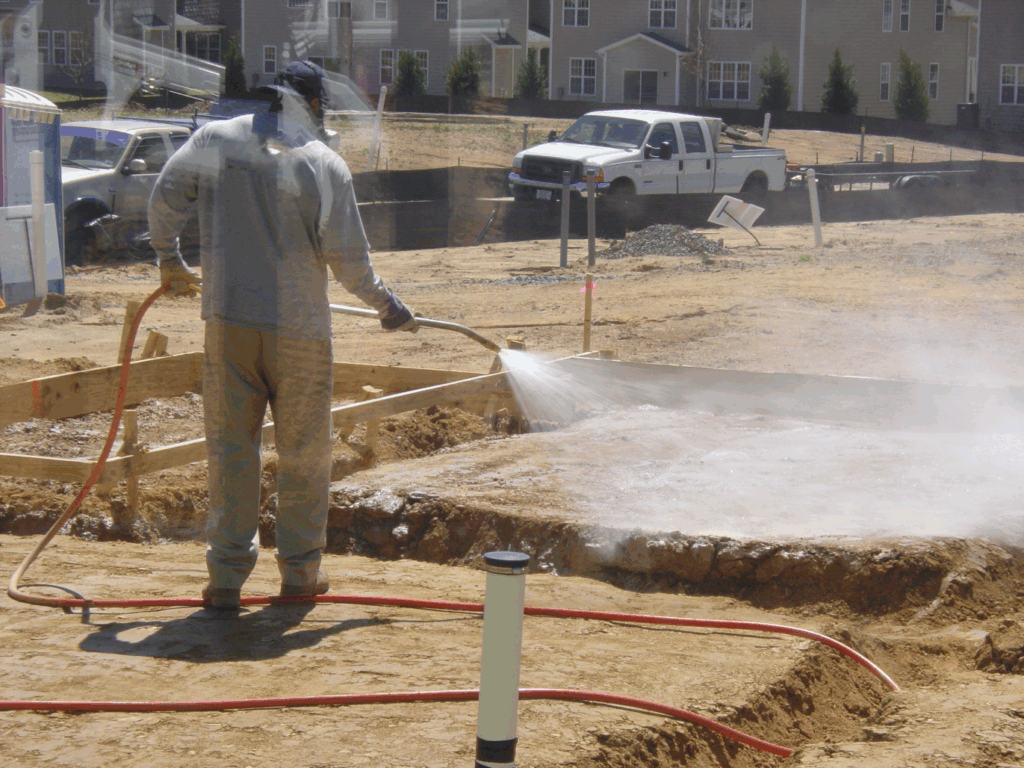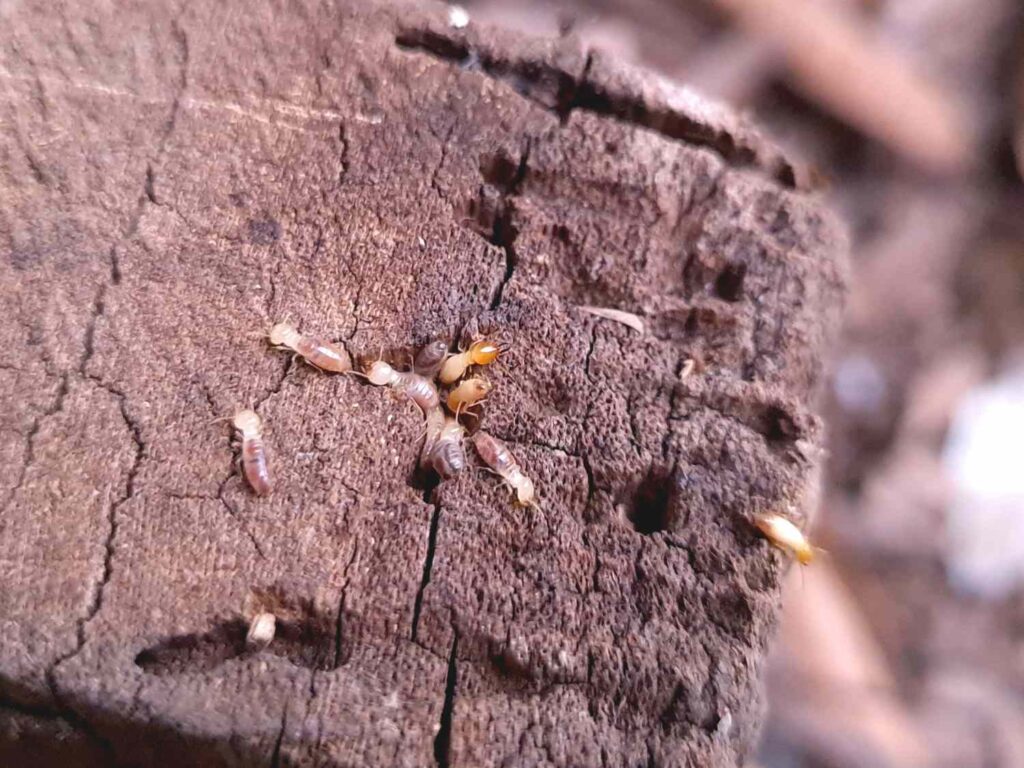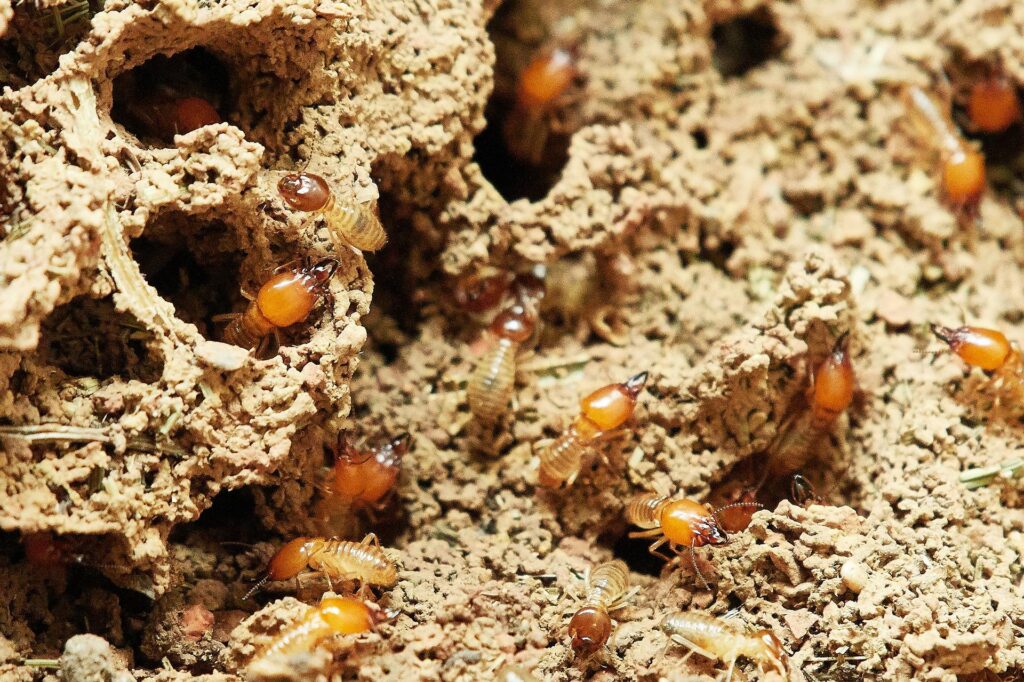Protecting properties from unwanted pests and destructive termites requires a strategic approach that combines professional pest control, termite treatment, and regular maintenance. This integrated method creates a robust defence system against various threats to residential and commercial buildings.
Best termite control sydney companies deliver comprehensive protection through:
- Targeted pest elimination using safe, effective treatments
- Specialised termite management to prevent structural damage
- Regular maintenance programs for long-term prevention
- Customised solutions based on property needs
- Eco-friendly options safe for families and pets
These services work together to create multiple layers of protection. A well-planned maintenance schedule helps identify potential issues early, while professional treatments target existing problems. This proactive stance prevents costly damage and ensures a pest-free environment.
Modern pest control companies offer flexible service packages with thorough inspections, detailed treatment plans, and ongoing monitoring. Their expertise spans various pests – from common household insects to wood-destroying termites – providing complete property protection under one coordinated program.
Understanding Pest Control and Termite Treatment
General pest control and termite treatment serve distinct purposes in property protection. Pest control targets visible pests like cockroaches, rodents, and ants through surface-level treatments. These treatments often include:
- Targeted spraying of affected areas
- Placement of baits and traps
- Sealing entry points
- Regular monitoring of pest activity
Termite treatment requires specialised approaches due to the hidden nature of these wood-destroying insects. Professional termite control methods include:
- Chemical Barriers: Creating protective zones around buildings
- Baiting Systems: Installing monitored stations to eliminate colonies
- Direct Wood Treatment: Applying chemicals to affected timber
- Physical Barriers: Installing mesh or metal barriers during construction
The application methods for pest control services vary based on the target pest:
- Liquid Treatments: Applied to surfaces for immediate pest elimination
- Dust Applications: Used in wall cavities and restricted spaces
- Gel Baits: Placed strategically for specific insects
- Fumigation: Reserved for severe infestations
Termite control methods focus on long-term prevention and elimination:
- Comprehensive property inspections
- Moisture control measures
- Regular monitoring of high-risk areas
- Installation of detection systems
Professional pest control companies adapt these methods based on:
- Property structure
- Infestation severity
- Environmental factors
- Client preferences for eco-friendly options

The Process of Pest Control and Termite Treatment
A successful pest control and termite treatment process follows a structured approach with multiple stages:
1. Initial Property Assessment
- Complete exterior inspection for entry points
- Interior examination of walls, floors, and dark spaces
- Identification of moisture issues and structural vulnerabilities
- Documentation of existing damage
- Conducting a thorough termite inspection to identify potential infestations
2. Pest Activity Analysis
- Collection of pest samples
- Tracking of movement patterns
- Identification of nesting areas
- Assessment of infestation severity
3. Customised Treatment Strategy
- Selection of appropriate treatment methods
- Determination of treatment zones
- Creation of targeted application schedules
- Development of preventive measures
4. Implementation Phase
- Application of selected treatments
- Installation of barriers or monitoring systems
- Sealing of entry points
- Placement of bait stations
5. Monitoring and Adjustment
- Regular checks of treated areas
- Assessment of treatment effectiveness
- Modification of strategies as needed
- Documentation of progress
The treatment duration varies based on:
- Property size
- Infestation severity
- Type of pests present
- Environmental factors
- Building structure
Professional pest control services incorporate these steps into a comprehensive plan, ensuring thorough coverage and effective pest management. Each property receives a unique treatment approach based on specific pest challenges and structural characteristics.
Benefits of Regular Maintenance
Regular maintenance serves as a critical shield against potential pest invasions and termite threats. A structured maintenance programme creates an inhospitable environment for unwanted intruders through systematic monitoring and preventative actions.
Key Preventative Measures:
- Seasonal inspections of building foundations
- Regular monitoring of moisture levels
- Proper drainage system maintenance
- Timely repairs of water leaks
- Removal of wood debris near structures
- Maintenance of proper ventilation
- Regular cleaning of gutters and downspouts
These preventative steps establish multiple barriers against pest infestations and termite colonies. Professional pest control services integrate these measures into comprehensive maintenance plans, ensuring consistent protection throughout the year.
Long-term Protection Strategy:
The implementation of regular maintenance yields significant benefits:
- Early detection of pest activity
- Reduced risk of structural damage
- Lower long-term treatment costs
- Prevention of secondary pest problems
- Protection of property value
- Maintenance of healthy living conditions
Regular maintenance programmes identify vulnerable areas before they become major issues. Professional inspectors assess potential entry points, moisture problems, and structural weaknesses during routine visits. This proactive approach prevents the establishment of pest colonies and termite infestations.
Preventative termite management requires particular attention to:
- Wood-to-ground contact elimination
- Proper wood treatment applications
- Regular inspection of termite barriers
- Monitoring of soil treatment zones
- Assessment of building materials’ condition
These systematic maintenance procedures create an effective defence system against both immediate and potential pest threats, establishing a robust foundation for ongoing property protection.
Integration of Pest Control and Termite Treatment
The combination of pest control and termite treatment creates a robust defence system against multiple threats to property. This integrated approach delivers enhanced protection through:
- Simultaneous Detection: Professional inspections identify both general pest activities and potential termite threats during a single visit
- Cost-Effective Solutions: Combined treatments reduce service calls and maximise resource efficiency
- Comprehensive Coverage: Unified treatment strategies address multiple pest challenges without gaps in protection
A customised integration plan typically includes:
- Property-Specific Assessment
- Structural vulnerability analysis
- Historical pest activity evaluation
- Environmental risk factors identification
- Coordinated Treatment Schedule
- Synchronised application of treatments
- Strategic timing of preventive measures
- Seasonal adjustment of control methods
- Unified Monitoring System
- Regular checks for both pest and termite activity
- Documentation of treatment effectiveness
- Early warning indicators for potential issues
Specialised Interventions
The integration of services allows for targeted solutions:
- Chemical barriers that repel multiple pest species, taking into account the need for responsible pesticide use
- Dual-action treatments effective against both wood-boring insects and general pests
- Strategic placement of monitoring stations serving multiple purposes
- Combined sealing and exclusion methods preventing various pest entries
This systematic approach creates layers of protection, addressing both immediate concerns and potential future threats. Professional pest control services can tailor these integrated solutions to match specific property requirements and pest pressure levels, while ensuring adherence to guidelines such as those outlined in the HUD’s guide on managing pests. Furthermore, it’s essential to understand the ecological impact of these interventions to maintain a balanced ecosystem while effectively managing pest populations.
Professional Pest Control Services
Professional pest control services prioritise transparent communication throughout their service delivery. A reputable pest control company provides detailed documentation of:
- Initial inspection findings
- Treatment recommendations
- Chemical products used
- Safety precautions
- Expected outcomes
- Follow-up schedules
This transparency enables property owners to make informed decisions about their pest management needs and understand the complete scope of services provided.
Proactive prevention strategies form the cornerstone of professional pest control services. These strategies include:
Regular Property Assessments
- Identification of potential entry points
- Monitoring of moisture levels
- Assessment of structural vulnerabilities
- Detection of early pest activity signs
Environmental Modifications
- Proper drainage solutions
- Vegetation management
- Waste disposal recommendations
- Storage practices improvement
Educational Support
- Pest identification guides
- Prevention tips
- Maintenance checklists
- Seasonal pest alerts
Professional pest control companies implement systematic monitoring protocols to track treatment effectiveness and adjust strategies as needed. These protocols include scheduled inspections, detailed reporting, and ongoing communication with property owners about emerging pest threats or changing conditions that might affect pest activity.
The use of integrated pest management (IPM) principles allows professionals to create sustainable, long-term solutions that minimise pesticide use while maximising protection. This approach combines biological, cultural, physical, and chemical tools to manage pest populations effectively.
Moreover, pest control management in school environments requires a tailored approach due to the unique conditions and sensitivities present in such settings.
Choosing the Right Pest Control Company
Selecting a reliable pest control service requires thorough research and careful consideration. A systematic approach to evaluating potential companies helps ensure quality service and protection for your property.
Essential Verification Steps:
- Check current licensing through state regulatory bodies
- Verify professional liability insurance coverage
- Review certification and training credentials
- Examine membership in pest control associations
- Read customer reviews and testimonials
- Request detailed written quotes
Key Questions to Ask:
- What specific treatment methods are used?
- Are treatments eco-friendly and family-safe?
- What guarantees or warranties are offered?
- How long has the company operated locally?
- What ongoing maintenance plans are available?
A reputable pest control company should provide clear documentation of their qualifications and maintain transparent communication about their services. Request references from recent clients and inspect their track record of successful treatments. Companies should demonstrate expertise in both general pest control and specialised termite management through their service portfolios and case studies.

Conclusion
A comprehensive pest management strategy integrates regular pest control, termite treatment, and ongoing maintenance into a unified protection plan. This systematic approach delivers lasting results and safeguards properties from destructive pests.
The combination of these essential services creates a robust defence system:
- Preventive Measures: Regular inspections catch potential issues before they escalate
- Targeted Treatments: Customised solutions address specific pest challenges
- Ongoing Protection: Maintenance programmes ensure continuous property defence
Homeowners who embrace this integrated approach experience enhanced property protection and reduced pest-related risks. Working with qualified pest control professionals who offer combined services streamlines the process and maximises effectiveness.
The investment in comprehensive pest management pays dividends through:
- Preserved property value
- Reduced repair costs
- Peace of mind
- Healthier living environments
A proactive stance on pest control, coupled with professional expertise and regular maintenance, creates the strongest shield against unwanted intruders.
Related : Rodent Control Sydney: Signs You Have a Problem and What to Do

